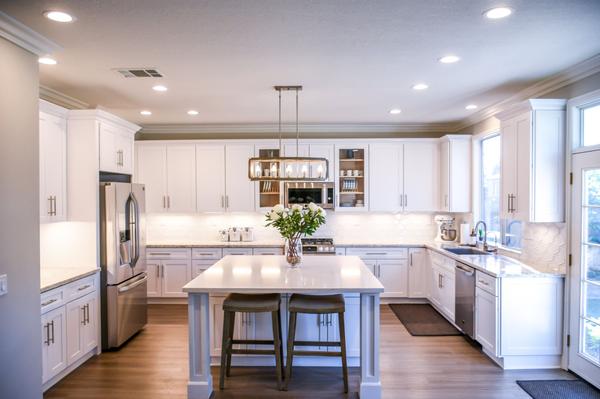
If You Want To Move In June - You Need To List Your Home In February
I know the topic of conversation right now is not School registration or the State Fair. It's more like "What size snowblower do you have?" But National surveys tell us the biggest reason people move is SCHOOLS. If you are wanting a new school district for your kiddos this upcoming school year an

Should You LOVE It Or LIST it?
Despite what real estate reality shows might have led you to believe, the decision to sell your home isn’t simple — and it definitely isn’t a decision that you can reach in 30 minutes. This is true even if you never really loved your property in the first place, or it’s become a daily cause of str

5 Tips for Downsizing and Decluttering
We've all seen or heard about Marie Kondo's KonMarie method about tidying up and decluttering your home (unless you've been living under a rock). Spark a new joy in your life by clearing out the clutter to prepare for downsizing! 1. Hone In On The Benefits When you begin the process of declutter
Categories
Recent Posts










